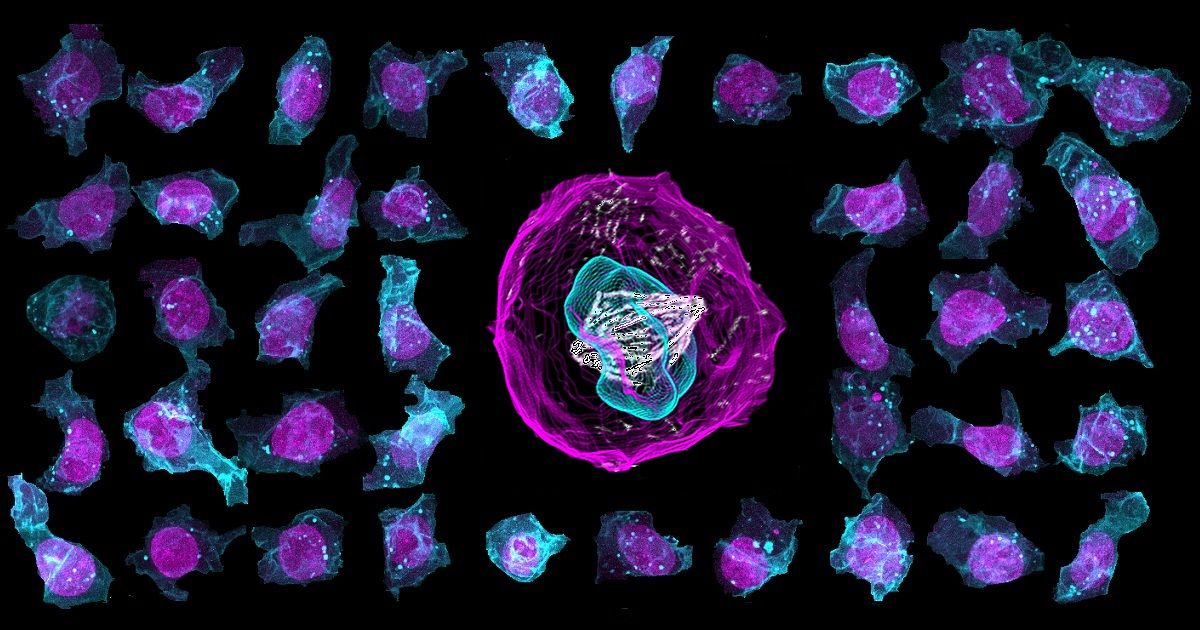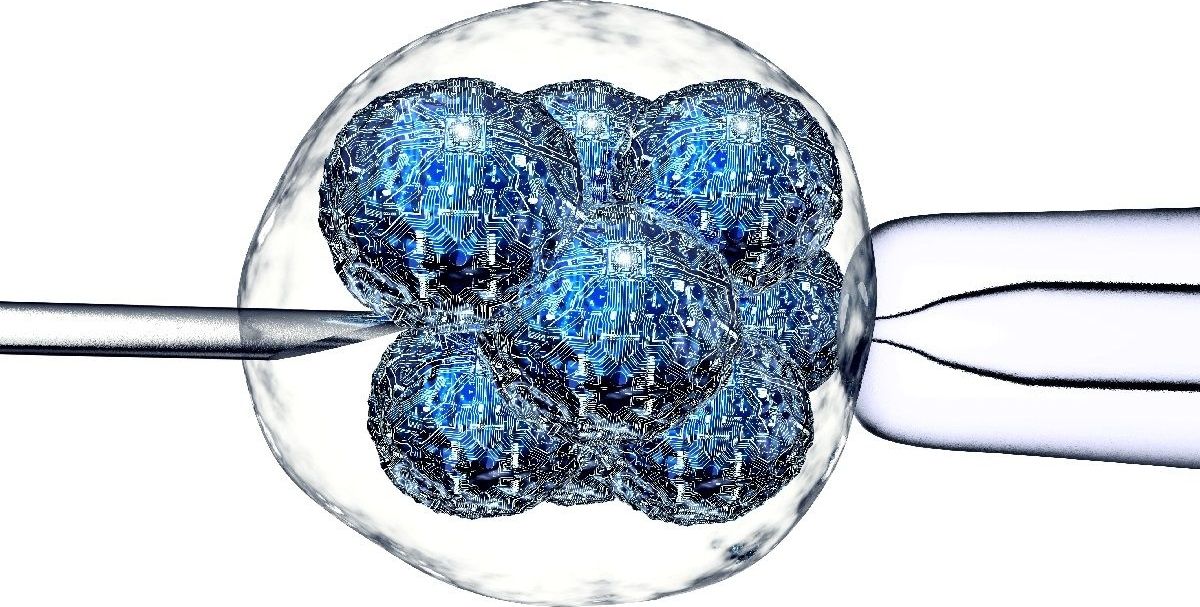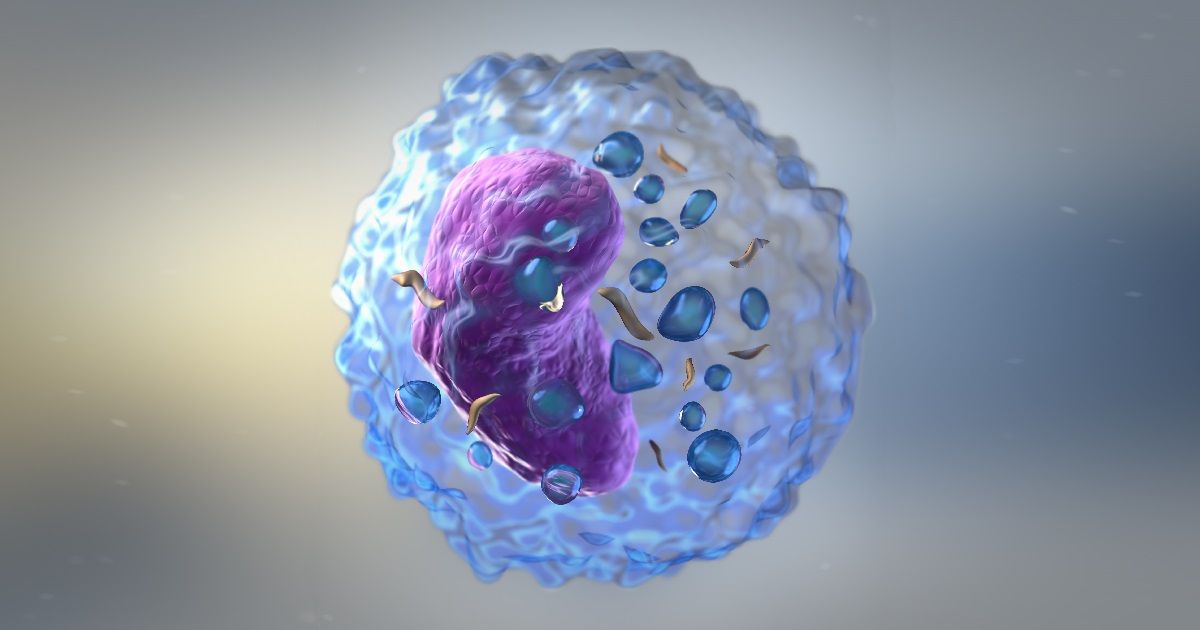How did you come to accept that aging was a problem?


How did you come to accept that aging was a problem?

The topic of the gut microbiota is increasingly in the news of late, and its connection with chronic age-related inflammation, known as inflammaging, is becoming increasingly clear.
What is the microbiota?
The microbiota describes the community of symbiotic and pathogenic microorganisms that live in and on all multicellular organisms, and it includes bacteria, archaea, protists, fungi, and viruses. In particular, the gut microbiota and its role in aging and disease have increasingly become of interest to researchers in recent years.
Are AI aliens watching Earth? An immortal machine civilization could already exist and may be BILLIONS of years old, leading expert claims…
Artificial intelligence could already exist elsewhere in the universe and may have been around for billions of years, according to a leading expert.
Susan Schneider of the University of Connecticut believes other civilisations could rely on forms of alien super-intelligence we haven’t yet created on Earth.
She claims these life-forms could be ‘post-biological’ and not driven by the propagation of genes like creatures on Earth but powered by technology — meaning they could be immortal too.




Second article (#2 of 3) in three part stem cell series.
Summary: Stem cell decline leads to disease, gradual organ failure, and death. Learn what causes it and how researchers are trying to reverse stem cell decline. Part one of a two-part series.
Are stem cells the fountain of youth?
Recent discoveries suggest that stem cells may be able to regenerate most of our organs in the near future. Using regenerative medicine, death and disability from organ failure will soon be a relic of the past. Gone too will be the failures associated with organ transplantation. Using stem cell therapy, our declining immune systems will be restored, no longer compromised by old age. Finally, stem cells can minimize the dysfunction and mortality associated with infectious diseases.

Cellular Garb-aging is the build-up of junk inside the cells that naturally occurs during aging. This article says why it happens.
To maintain protein homeostasis, and prevent garb-aging, the cell uses molecular chaperones, which help assemble and disassemble proteins. Chaperonins are a special class of chaperones that provide favorable conditions for the correct folding of other proteins, thus preventing aggregation. Chaperonins prevent the misfolding of proteins, which prevents conditions such as Mad Cow Disease. Sometimes, chaperonin proteins may also tag misfolded proteins to be degraded. When properly tagged, other processes can recognize the damaged or misfolded proteins and ‘take out the trash.’
Think of it as garb-aging removal.
Aging Leads to Cellular Garb-Aging
Unfortunately, advancing age brings about the decline of the molecular chaperones that aid in the folding process. To add insult to injury, we also experience a decrease in the other quality control process that help clear misfolded and damaged proteins from our cells. Our garb-aging removal processes fall to the wayside. Garb-aging takes its place.

Researchers have discovered why inflammaging occurs and are working on new treatments. Inflammaging is new medical term for “the chronic inflammation brought on by old age.”
Summary: Inflammaging is a low-grade inflammation brought on by old age. It accelerates the aging process and worsens diseases like cancer and heart disease. Because inflammaging accelerates aging, geroscientists are perfecting a few cures for the condition.
As we age, most of us tend to develop a low-grade chronic inflammation that causes disease and damage throughout the body. Because this low-level inflammation typically accompanies aging, scientists have nicknamed it ‘inflammaging.’ Most geroscientists implicate inflammaging as the cause of many of age-related diseases including diabetes, heart disease, cancer, and dementia. These chronic diseases accelerate aging and shorten our lives.
There is good news, however. Geroscientists feel that reducing inflammaging will eliminate or reduce these diseases. In fact, these anti-aging scientists have developed several potential remedies to solve the problem.

The number of people who believe—based on data, not faith—that humans can become (almost) immortal is growing, and includes the likes of scientists, billionaires, engineers and billionaire-engineers. For instance, investor Peter Thiel has donated to the anti-ageing cause, in addition to the $500,000 (around ₹3.2 crore) Palo Alto Longevity Prize for anyone who can radically extend the life of a mammal. Larry Ellison, the co-founder of Oracle, too has donated $335 million to scientists studying ageing before he decided to redirect his foundation’s grants toward eliminating polio in 2013.
When, in the future, expensive baubles cease to hold the same novelty they do today, redefined concepts of luxury are what the super-rich can pick from.

By harichandan arakali forbes india staff